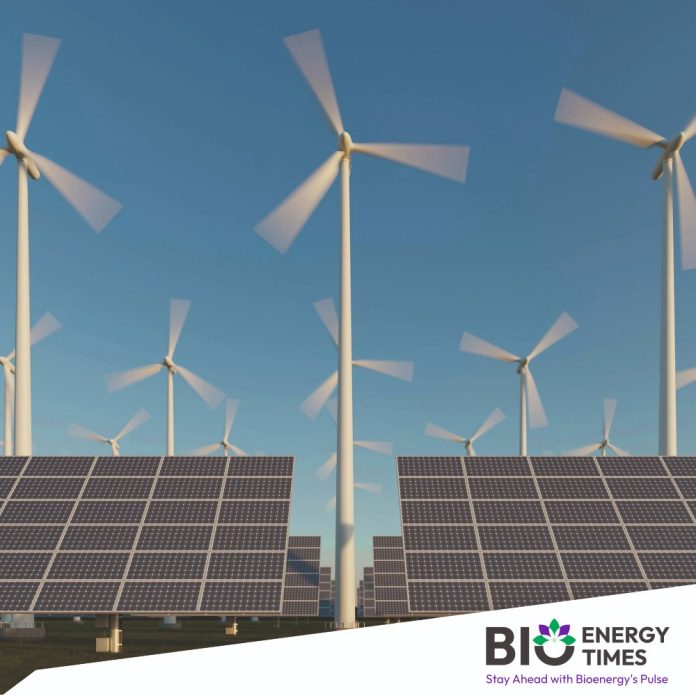India’s renewable energy sector is experiencing record-breaking growth, having added 20.1 gigawatts of new capacity in the first five months of the fiscal year 2026. This represents a massive 123 percent increase compared to the same period last year, according to a recent report from the ratings agency Icra. The agency now projects that the sector will add more than 35 GW of capacity for the full year, reports Business World.
The growth, more than double the 9 GW added in the first five months of FY25, reflects a strong project pipeline, favourable market conditions, and rising electricity demand. In fiscal 2025, India added 28.7 GW of renewable capacity, up from 18.5 GW in FY24.
“The robust expansion is supported by a project pipeline of 142.8 GW, attractive solar module prices, and growing demand from commercial and industrial consumers,” Icra said.
Despite the strong start, Icra flagged risks to sustaining this pace. Only 3.4 GW of capacity was auctioned in H1 FY26 due to delays in signing Power Sale Agreements (PSAs) between developers and state utilities, which in turn has slowed the execution of Power Purchase Agreements (PPAs).
“Timely conclusion of PSAs and strengthening transmission infrastructure remain critical for continued growth,” the agency said, while maintaining a stable outlook for the sector.
The recent Goods and Services Tax (GST) cut on solar modules and wind turbines from 12 percent to 5 percent is expected to lower project capital costs by roughly 5 percent, reducing the cost of generation by 10 paise per unit for solar and 15–17 paise per unit for wind.
Commercial and industrial demand, which accounts for 45–50 percent of India’s electricity consumption, continues to drive growth. Achieving a 20 percent renewable share in this segment over five years would require about 100 GW of new capacity, implying a compound annual growth rate of nearly 30 percent.
Battery energy storage is also gaining traction, with declining tariffs improving the economics of hybrid renewable projects. Energy storage requirements are projected to reach 50 GW by 2030 through a combination of battery systems and pumped hydro storage.
Icra noted that imported N-type solar module prices remained low at 8–9 cents per watt in August 2025, while domestic prices were higher at 15–17 cents per watt due to the Approved List of Modules and Manufacturers (ALMM) policy. The planned extension of ALMM to solar cells in June 2026 could push prices higher in FY27. Additionally, recent 50 percent tariffs by the U.S. on Indian solar equipment may affect the competitiveness and export potential of local manufacturers.
Credit profiles in the sector remain resilient. In the first five months of FY26, the sector saw 15 rating upgrades against 13 downgrades, driven by successful project commissioning and strong operational performance.
“The renewable sector is well-positioned to meet growth targets, though sustained policy execution and infrastructure development will be key,” Icra concluded.
















